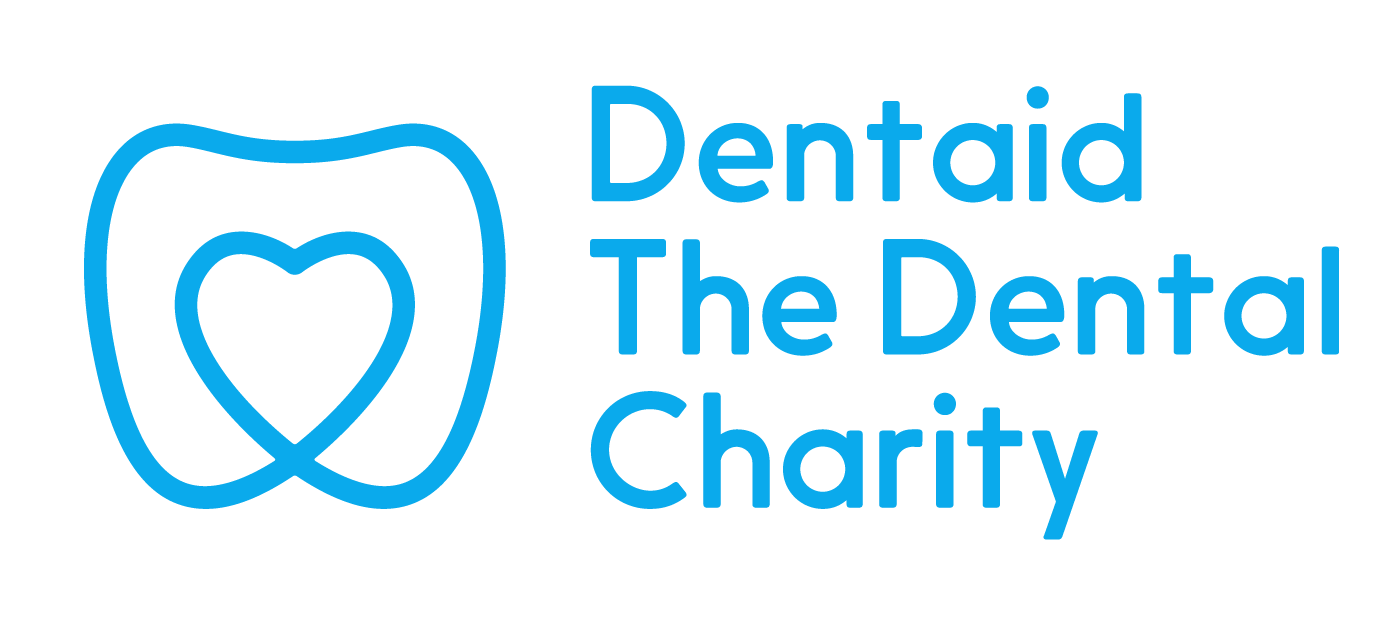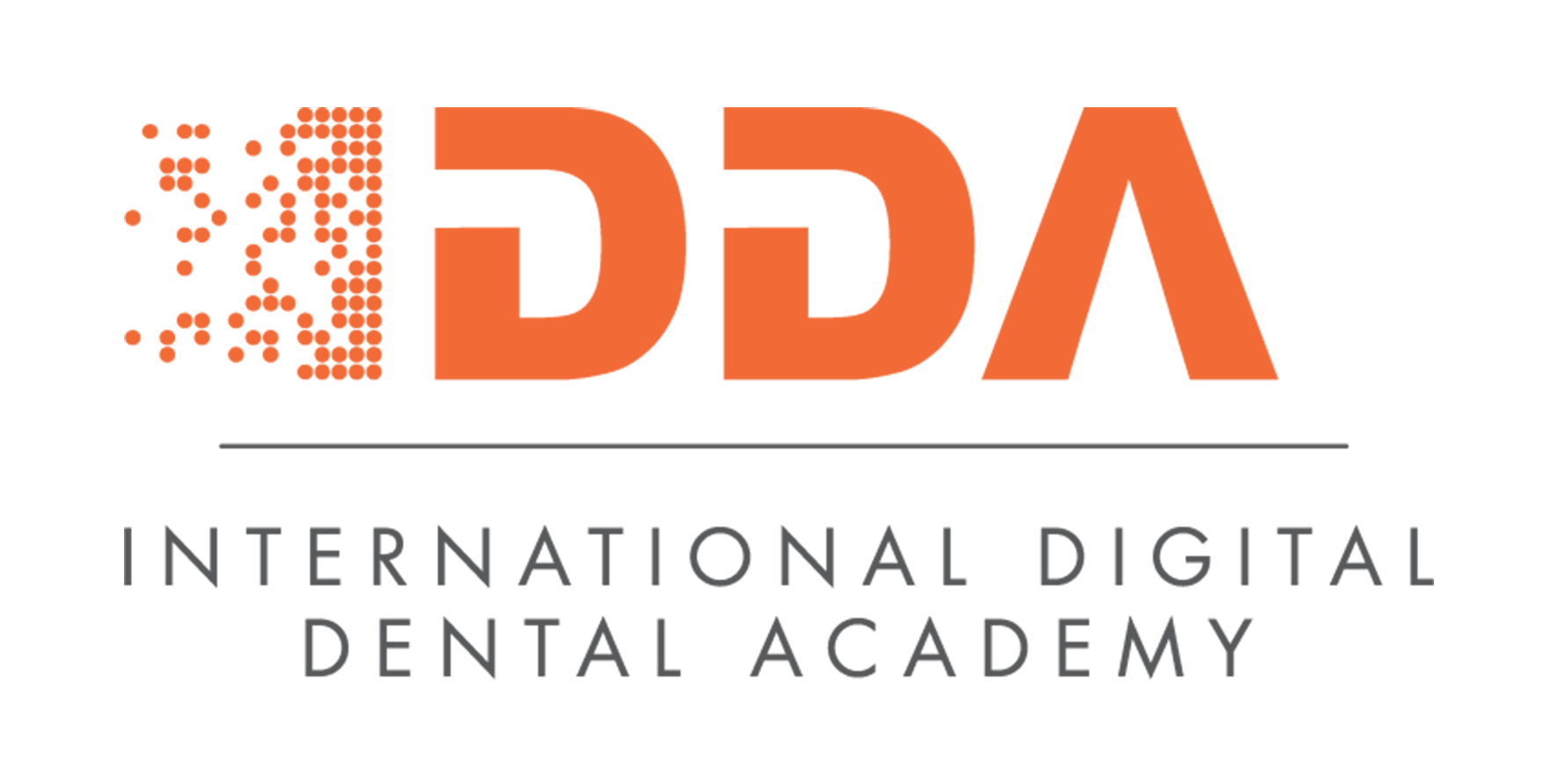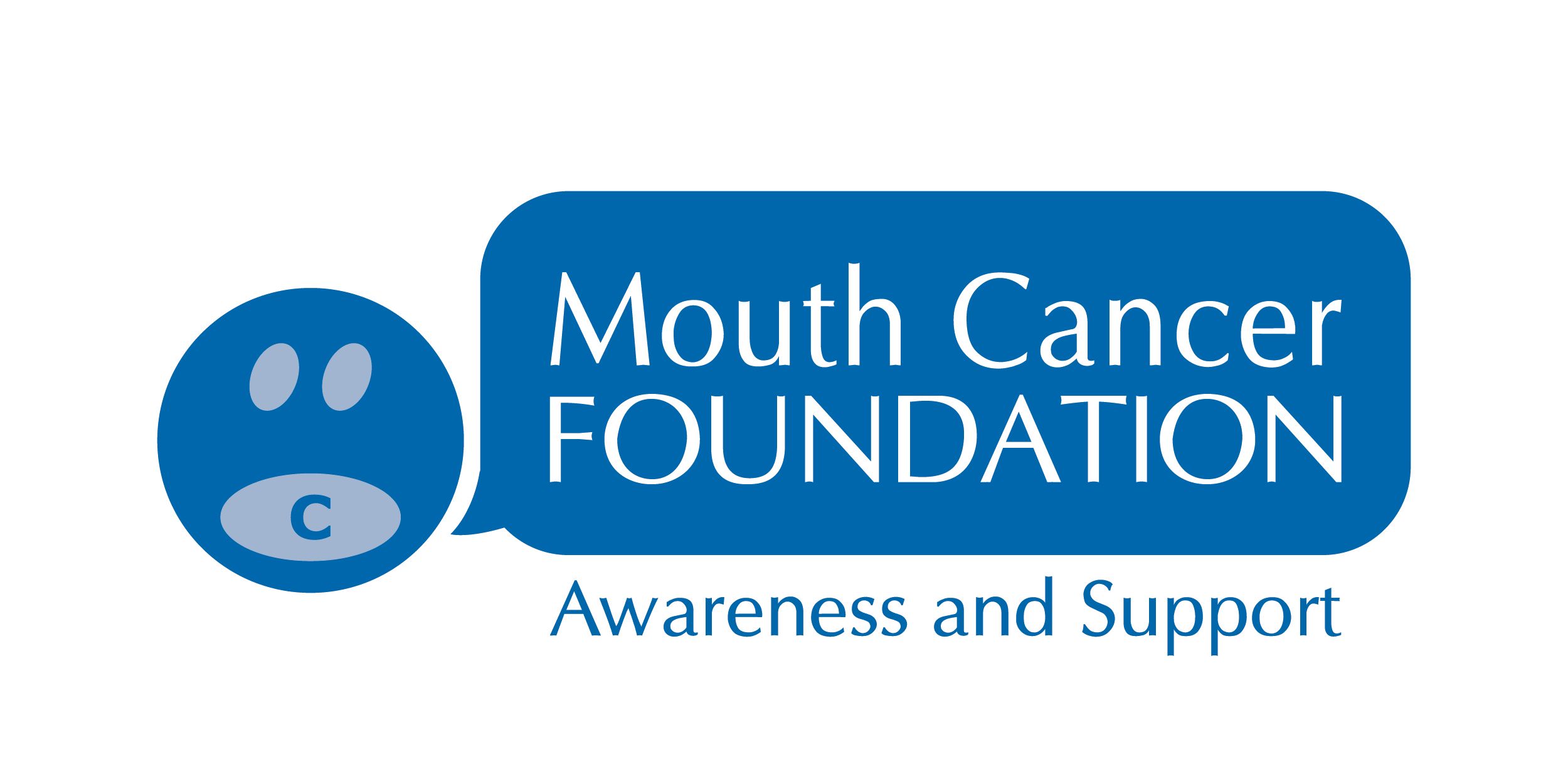Domestic abuse awareness in dentistry: shaping a safer tomorrow
)
Domestic violence and abuse (DVA) is a topic that sometimes infiltrates our conversations, appearing in discussions with family, colleagues, and friends, as well as in the news and our social media feeds. As we encounter these discussions, we often find ourselves looking for further information, looking into numerous articles that outline potential indicators of domestic abuse, perhaps stumbling upon statistics detailing its prevalence. It falls upon all of us – dental professionals included – to take on the responsibility of familiarising ourselves with the signs of domestic abuse in our patients and colleagues, enabling us to offer assistance and support when it is most needed.
Raising awareness about domestic abuse holds a deeply personal significance for me; it is driven both by my own lived experience and the desire to ensure that individuals facing similar challenges receive the support and assistance that I unfortunately lacked. In 2014, when I had escaped an abusive relationship, Pam Swain, Chief Executive of The British Association of Dental Nurses (BADN), offered me invaluable support. After losing touch for a few years, we reconnected at a dental conference. Pam asked if I would be willing to share my story to raise awareness of domestic violence and abuse. I first shared my lived experience at the North of England Dentistry Show in March 2022, where I encouraged dental professionals to register their workplaces/organisations with the Employers’ Initiative on Domestic Abuse (EIDA). Following this, I was invited to speak at the British Dental Conference and Dental Show in May 2022, with support from the National Examining Board for Dental Nurses (NEBDN), focusing on identifying signs of domestic abuse in patients, colleagues, and close ones. Since then, I have written about domestic abuse and spoken at further dental events, including at a CGDent webinar on the subject.
What is the definition of domestic abuse?
In my discussions about domestic abuse, I have noticed a common tendency among those around me to focus mainly on physical assault. However, it is important to realise that domestic abuse extends far beyond visible signs, such as bruises, cuts, and broken bones.
In the UK, the government has defined domestic abuse and violence as:
“Any incident or pattern of incidents of controlling, coercive or threatening behaviour, violence or abuse between those aged 16 or over who are or have been intimate partners or family members regardless of gender or sexuality." This can encompass but is not limited to the following types of abuse:
- psychological
- physical
- sexual
- financial
- emotional
Controlling behaviour is: a range of acts designed to make a person subordinate and/or dependent by isolating them from sources of support, exploiting their resources and capacities for personal gain, depriving them of the means needed for independence, resistance and escape and regulating their everyday behaviour.
Coercive behaviour is: an act or a pattern of acts of assault, threats, humiliation and intimidation or other abuse that is used to harm, punish, or frighten their victim.”
This definition, which is not a legal definition, includes so called ‘honour’ based violence, female genital mutilation (FGM) and forced marriage, and is clear that victims are not confined to one gender or ethnic group.”
So, what are the possible signs of domestic abuse?
- Manifesting visible indications such as bruises, burns, or bite marks on the body, particularly around sensitive areas like the neck, ears, shoulders, and arms.
- Exhibiting signs of social withdrawal from loved ones, friends and colleagues – victims often make up various excuses as to why they are no longer able to socialise.
- Experiencing financial constraints, whether through inadequate funds for essential needs like food or medication, or through complete control of finances by the abuser – especially if the victim and the abuser share a joint bank account.
- Facing coercion into marriage by family members, accompanied by threats if the victim refuses – this is rather common in some cultures and often young people forced into marriage are not aware that this is abuse.
- Encountering barriers to leaving the home, attending work, school, or social gatherings with family and friends.
- Enduring continuous degradation, insults or humiliation, whether in private or in public settings – this could be about their physical appearance, about how they speak, about not keeping the house clean; the list is endless.
- Being coerced into sexual activities or non-consensual intercourse, constituting rape, and warranting police intervention.
- Experiencing “stealthing,” which involves the non-consensual removal or deliberate damage of a condom during sexual intercourse. This is considered a form of sexual assault and illegal in the UK.
- Being subjected to gaslighting tactics, where the abuser denies or deflects blame for the abuse, leaving the victim questioning their own reality.
- Subjected to surveillance of all forms of communication, including social media, messaging services and online activities.
- Being compelled to always share their whereabouts with the abuser via various tracking apps; at times, victims are unaware that the abuser has installed a tracking app on their phones.
- Using young children as a means of coercion and/or control.
Shocking statistics
The Crime Survey for England and Wales (CSEW) found that approximately 2.1 million people aged 16 and above (4.4% of the population), experienced domestic abuse in the year leading up to March 2023. The police recorded 1,453,867 incidents and crimes related to domestic abuse, which shows a 14.4% increase compared to the pre-pandemic year ending March 2020, despite overall numbers remaining relatively consistent.
It is often overlooked just how widespread domestic abuse truly is; many victims conceal their experiences out of an unjustified sense of shame. These above-mentioned numbers could be higher, due to the number of cases which go unreported.
How can we offer support to someone experiencing domestic abuse?
- Find a private and safe setting to discuss their situation, respecting their willingness to open up.
- Reassure them that we are available to support them and to listen to them without any judgment.
- Acknowledge their courage for confiding in us and emphasise the fact the nobody deserves to ensure abuse, affirming their right to safety and happiness.
- Offer ongoing support, encouraging them to express their emotions and respecting their decisions.
- Avoid pressuring them into taking actions that they might not be ready for, such as leaving the abusive relationship or even reporting the abuse.
- If they have sustained physical injuries, we must ensure that we offer to accompany them to seek medical help from their GP or from the hospital.
- Help them in reporting the abuse to the police, should they choose to do so; we can call 101 to report it or if we feel that the individual is in immediate and/or severe danger from the abuser, we should call 999.
- Provide information about organisations which offer support to those experiencing domestic abuse.
- Consider seeking advice from social services, especially if children and/or vulnerable adults are involved in the situation.
What is our responsibility and duty as dental professionals?
Making sure that the safety and well-being of our patients is of utmost importance, necessitating adherence to training guidelines outlined by the General Dental Council (GDC) and Care Quality Commission (CQC).
When it comes to our yearly safeguarding training, we should all complete the following training4, and this should not be considered a box-ticking exercise.
Safeguarding of children and young people
Level 1: All non-clinical staff including receptionists, practice managers and staff without patient contact.
Level 2: Most dentists and dental care professionals.
Level 3: To be determined locally in larger organisations based on an assessment of need and risk.
Adult safeguarding
Level 1: All non-clinical staff including receptionists, practice managers and staff without patient contact.
Level 2: Most dentists and dental care professionals
Similarly, it is essential to extend this level of support to our dental colleagues, with employers bearing the responsibility to support team members encountering domestic abuse. It is our ethical duty to promote a workplace environment that is secure and supportive for all staff members. Cultivating a workplace culture of transparency and openness entails creating a space where individuals feel at ease discussing sensitive subjects. By championing this culture, we can help dismantle the stigma surrounding domestic abuse, empowering individuals to seek help and speak out on sensitive matters while ensuring they receive the necessary support they need.
Speaking about domestic abuse can often be emotionally and mentally taxing, yet I view it as my personal mission to guide and assist those in need and hopefully facilitate their journey towards breaking free from abusive relationships and situations.
Don't miss Preetee Hylton's session "From disclosure to action: domestic abuse and the dental professional's duty" on Saturday 4th October, 15:15-16:00 at the Dental Care Professional Hub.

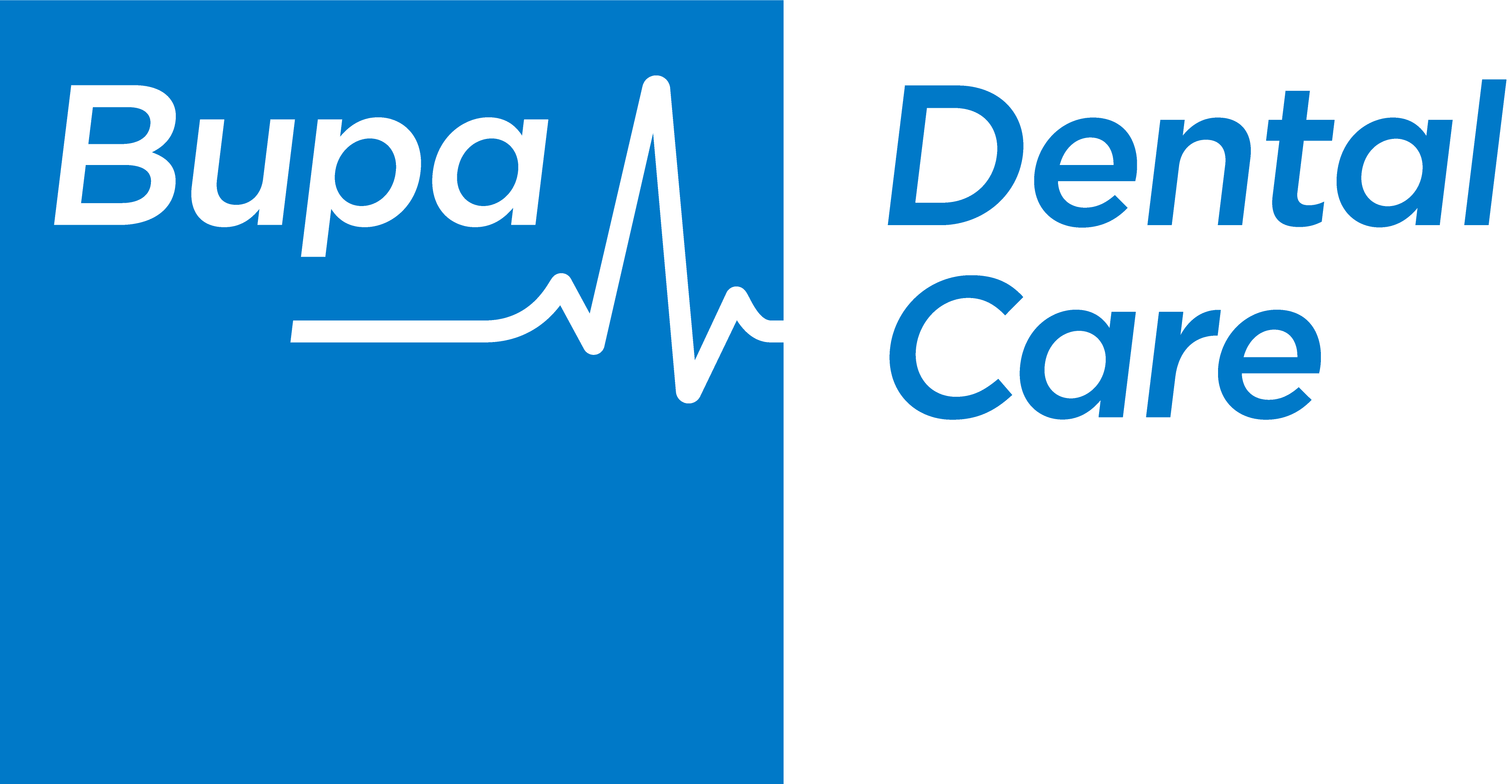















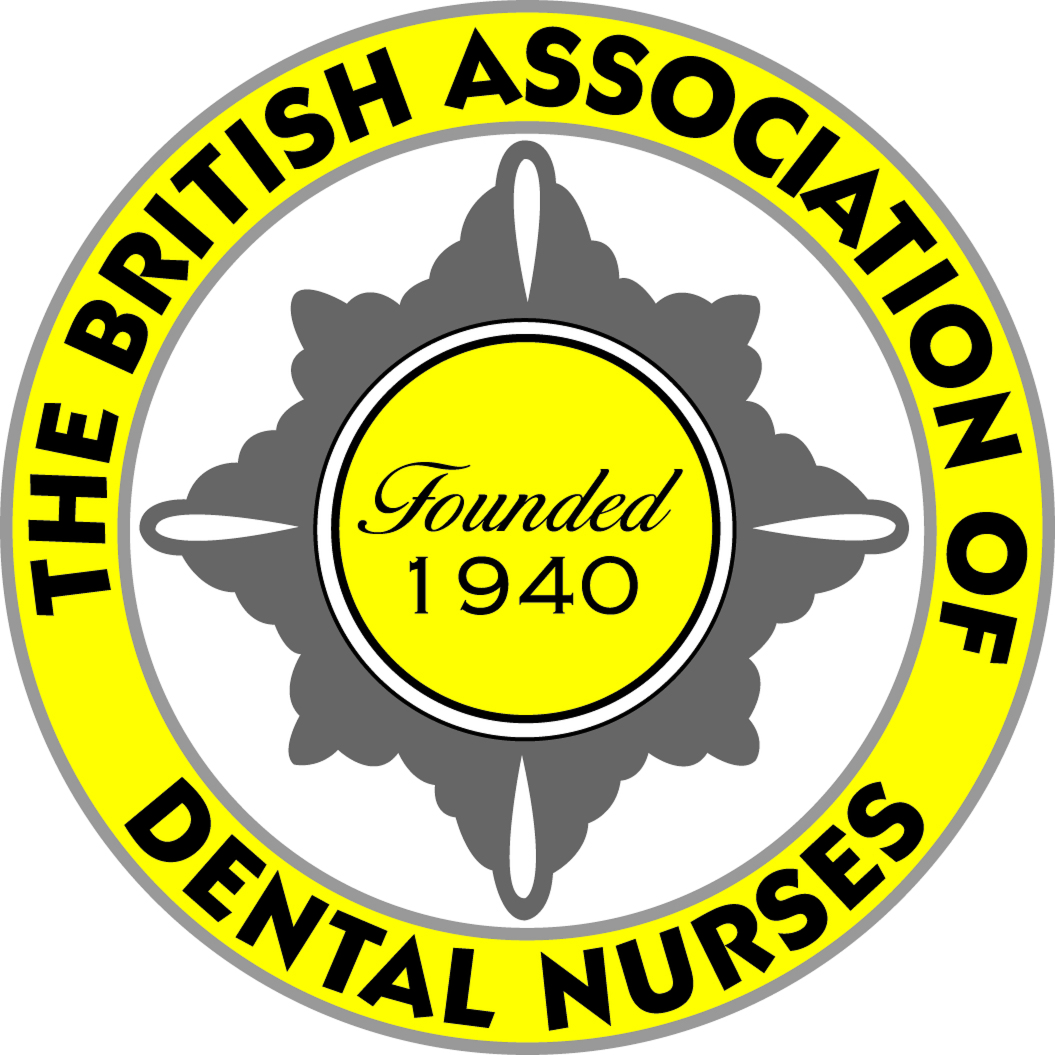
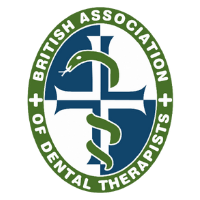

.jpg)


